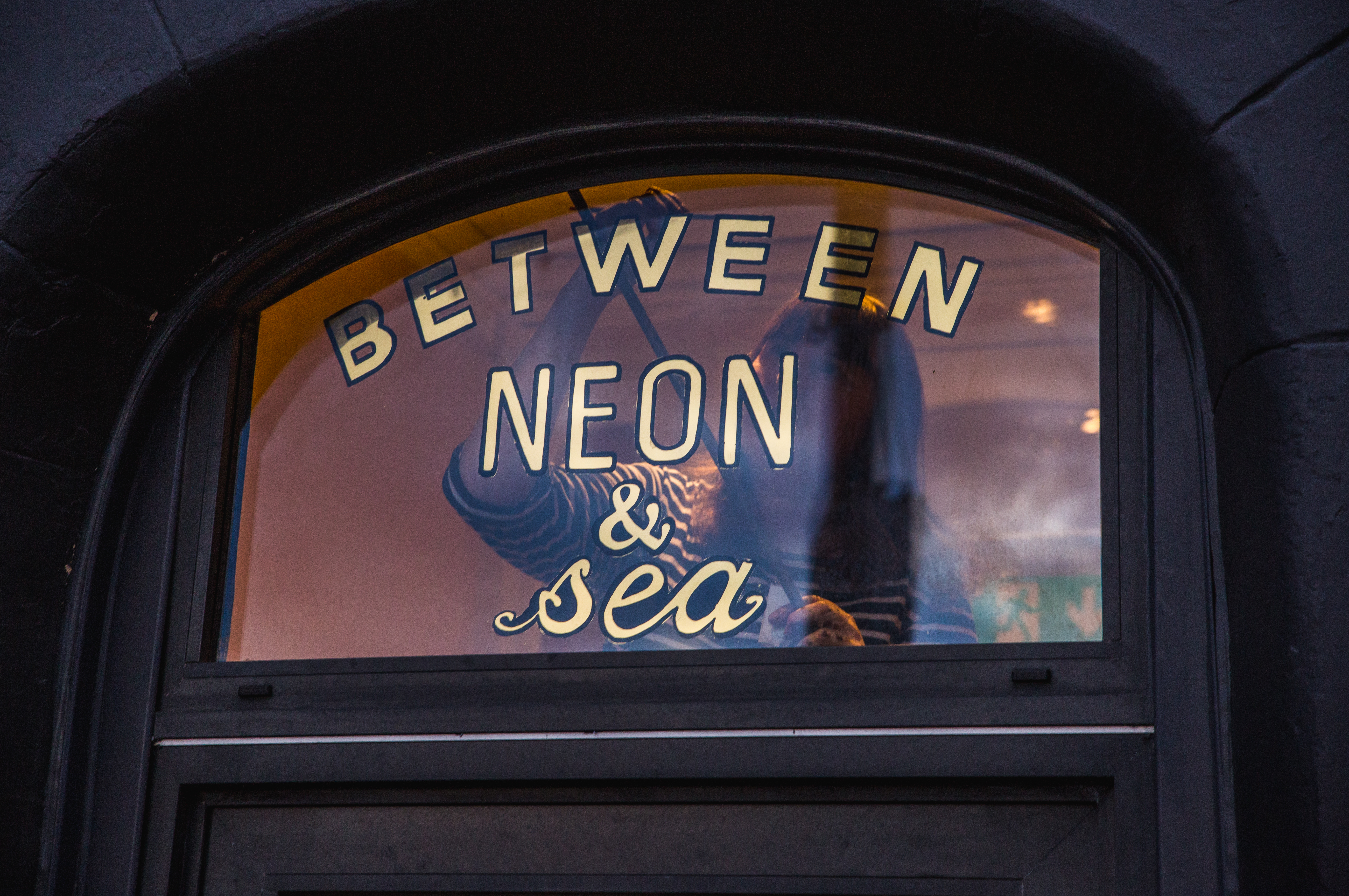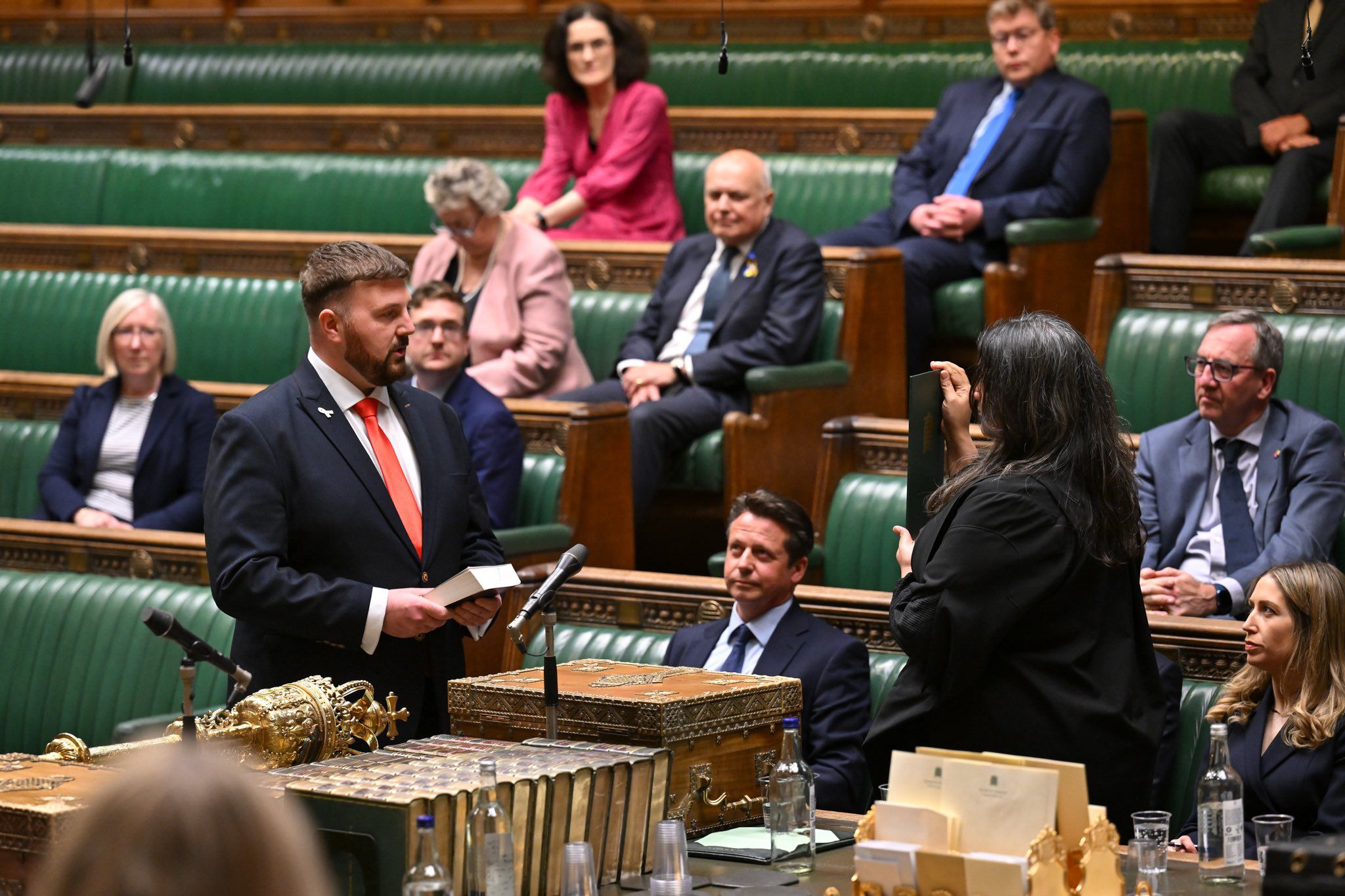In the frame – Blackpool’s enduring photographic appeal
From Henri Cartier-Bresson, to Don McCullin, Martin Parr and Shirley Baker, photographers have been drawn to Blackpool for the best part of the last century. But a cohort of local photographers are also documenting the town with an insider's view
"When autumn comes and other seaside towns pull down their shutters, Blackpool shines with coloured twinkling lights reflected in rain-soaked pavements," reads a softly lit sign in Blackpool's new Showtown museum. The quote is from Laurence Llewelyn-Bowen, the flamboyant interior designer who is known locally for his part in designing Illuminations.
The 59-year-old's words conjure up nostalgic, almost black-and-white memories of yesteryear, when families from across the North West and beyond descended on the resort to let their hair down and before cheap, overseas package holidays turned tourists' heads.
Maybe they'd catch a glimpse of elephants from the Tower circus being led to the cool Irish Sea for a bath, or relax with a handkerchief on their head as they sunbathed on a striped deckchair.
Or perhaps, in the colder months, they would tread the same footsteps as millions of people before them as they walked beneath mile after mile of lightbulbs, gazing up in wonderment at the colourful designs.
The town's photogenic quality certainly caught the attention of some of history's finest and most revered photographers. But why? Does the town really have something unique that comes to life on a strip of 35mm negative, or is it simply a hunting ground for poverty porn connoisseurs who want to peer through the looking glass at the holidaying working class, treating them as a visual spectacle?
Henri Cartier-Bresson, considered by many to be the godfather of photojournalism, visited in the 1960s, when he was commissioned by ITV for a short film, making images of women in hair-curlers reading the local paper on the seafront and bikini-clad holidaymakers relaxing on the Promenade as a landau saunters past.
The 20-minute film, Stop Laughing, This Is England, says: "Blackpool is very much England. A very precise England. A very precise England.
"Everybody seems to be related. More or less distant cousins. The same family. There is no exuberance on their faces or in their gestures. Their vacationing seems just another occupation. No joy. They are hard at it in a resigned sort of way."
Alfred Gregory, who took his camera as he became one of the first people to conquer Everest alongside Sir Edmund Hillary in 1953, took so many candid shots of Blackpool in the '60s he later released a book.
The foreword, by Dame Thora Hird, said: "The whole town was invaded by four o'clock each day and the roads leading into Blackpool were packed.
"The streets were littered with discarded chip papers, toffee wrappers, empty fag packets etc – just as they are these days with empty takeaway hamburger containers and drinks cans (nothing has much altered in that direction, has it?).
"The ballrooms, the bars, the pubs, the cafes... all part of a wonderful holiday scene... young folks, old folks, memories never forgotten, promises soon forgotten... Romeos, Juliets, smart alecs, rotters... all there, all part of it..."
Hird wrote those words in 1993 while she was starring in Last Of The Summer Wine. Thirty years later, not only do her words still ring true, but a small army of street and documentary photographers continue to focus their lenses on Blackpool to prove it.
Married couple Jeff Ascough – who notably showed legendary photographer Sir Don McCullin the digital camera ropes – and Sarah Ascough extol Blackpool's unique photogenicity through their Walk Like Alice YouTube channel, which has more than 21,000 subscribers.
Jeff, who lives in St Annes, says the resort has “everything – from the town to the beaches, to the prom; it has donkeys and piers. It’s always been a very photographic place”.
Jeff, who honeymooned in Blackpool with Sarah in 1994 and returned often before moving to the Fylde Coast in 2008, says he particularly enjoys the “chaos” of the crowds, with the summer months seeing the seafront bustling with holidaymakers, seasonal workers and locals.
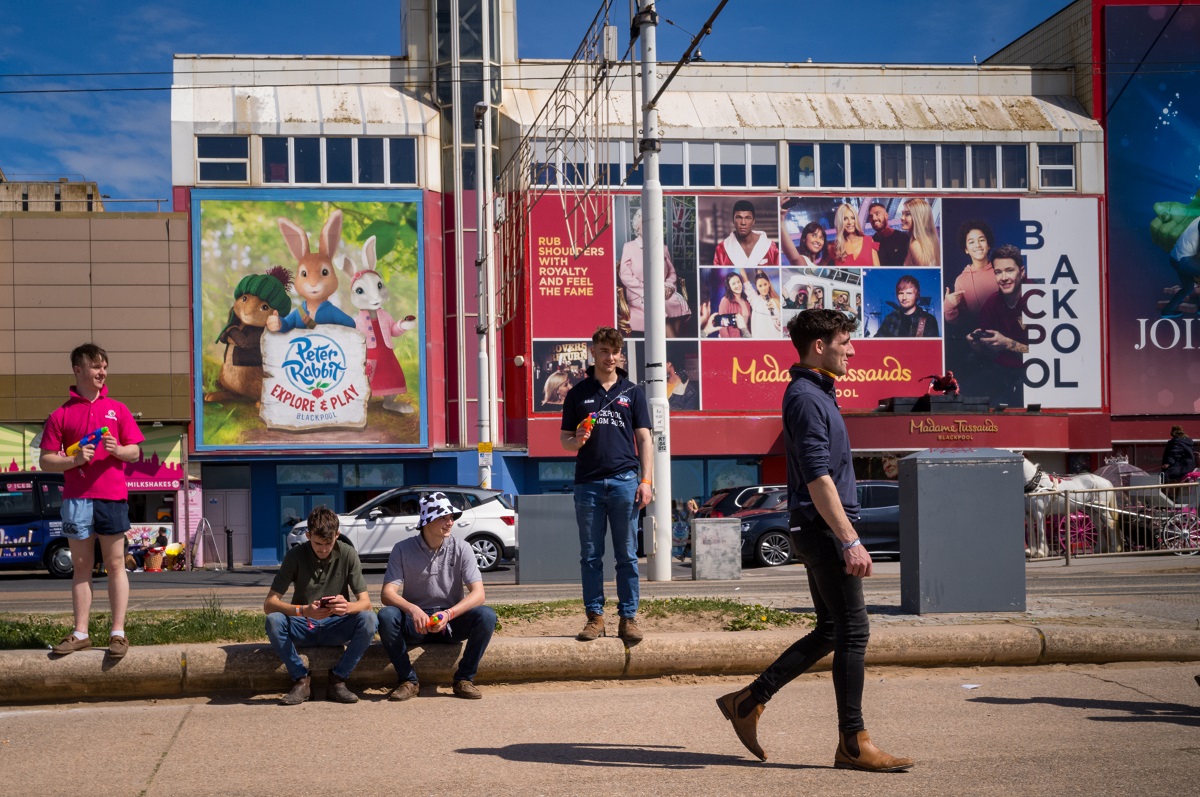
Credit: Michael Holmes / The Blackpool Lead
He says it is unusual for a seaside resort to be so photogenic in so many different places – from “north beach right to just past the Pleasure Beach. You get such diverse types of people who come here.”
Barry Lewis has been photographing “the insanity of this party town, both in summer and winter, for over 35 years”. The resulting body of work – bursting with colour and life – bristles with a familiar friction between wholesome family daytime fun and an eccentric and hedonistic nightlife.
“The days seemed to stretch on forever, as did the warmth and light,” Lewis told Blackpool Social Club. “Individual memories are eclipsed by a kaleidoscope of action and colour – instant friends and sunburned bodies, cold beer and sandy sandwiches. I now use the images I took as the key to releasing fragments from a dream.”
Put that way it's easy to see why big-name snappers like Lewis, McCullin, Martin Parr, Tony Ray-Jones, Shirley Baker and Elliot Erwitt are drawn to Blackpool.
“The northern, working-class vacation,” Jeff says remains the ultimate draw. “You still have landmarks like the Tower and Winter Gardens. The prom is more modern but in its feel it has not changed that much. There is that kind of (timeless) quality. Clothes tend to give it away – that’s the biggest change.”
American photographer and musician Dave Herring recently hosted an event in California, saying people attending from as far afield as San Diego, Salt Lake City and Dallas.
"Why would anyone travel this far for that event?" he asked, answering: "Creatives are desperate for a community. We will go to great lengths to be part of community. When we are not in community, we are isolated. And in isolation we are prone to burnout, we are prone to be apathetic, to be lazy, to be bitter, to be jealous and to be lonely.
"Good community sees us, they value and affirm us and make us feel like we are part of something greater. Good community champions us and when we are tired, good community carries us. When we have good community, we can just show up and know we have a place. Good community can meet up for the first time and feel like close friends."
But there are ongoing efforts to bring photographers in Blackpool together and a burgeoning community is thriving in pockets.
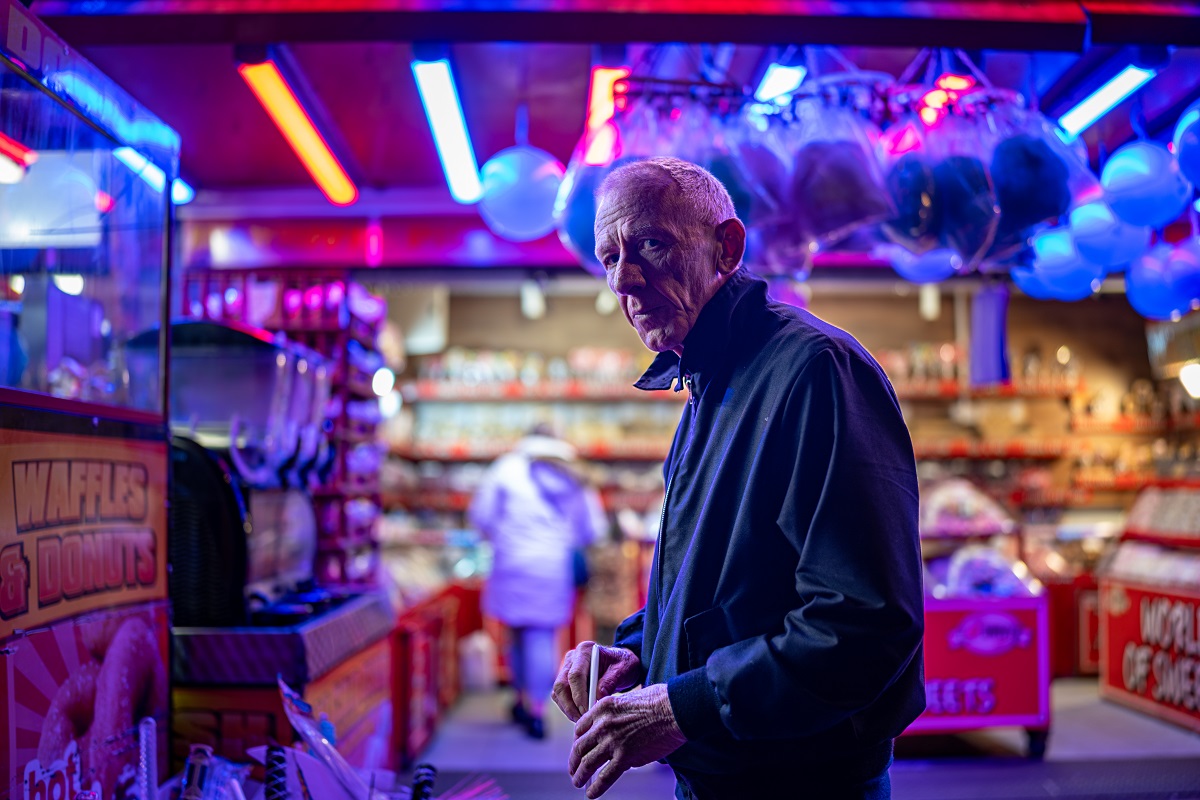
Credit: Michael Holmes / The Blackpool Lead
A community darkroom runs from Aunty Social on Topping Street on Thursdays, Fridays and Saturdays and is aimed at making photography more accessible to locals, who are invited to social gatherings and taught how to develop their own film for a small sum.
Claire Walmsley Griffiths is part of the Blackpool Community Darkroom collective and her images are in the permanent collection at the Grundy Art Gallery in Queen Street. She is also, along with Henry Iddon, Photoworks photography champion for the area – a role that aims to make new connections and networks for photographers. It aims to empower communities in Arts Council England priority places, like Blackpool, supporting them to develop their own local programme.
Walmsley Griffiths says Blackpool is “documented for disparable statistics and a lack of opportunities. We are a good poster girl for the UK’s problems”. But she believes photography can be used as a tool to better people’s lives and help them express themselves.
“Photography can be a beautiful, independent experience but sharing a story or creating a community can be really, really valuable.
“It feels like Blackpool and photography have an affinity.”
Meanwhile, PhotoPool, a month-long photography festival at several venues in the town, is planned for August and will put Blackpool’s artistic endeavours in the spotlight.
Dawn Mander, a street photographer helping to organise the festival, which will also see events like photo walks and darkroom classes held, says there’s always something to photograph in the town.
“You can walk along the promenade or any street in Blackpool and you will find something," she says.
Mander’s co-founder and curator at Hive Arts on Church Street, photographer Kate Yates, says Blackpool's 20 million yearly visitors will “take 12 million photos of the Tower” but they will all look different because everyone has a different view.
“I believe Blackpool is more than sticks of rock and kiss-me-quick hats,” she says. “You can see how the town is evolving.”
Sarah Clarke-Lees, a photographer and owner of That Alternative Studio in Hardman Street, says the resort is so great to capture because "it’s eclectic and the heritage is still here".
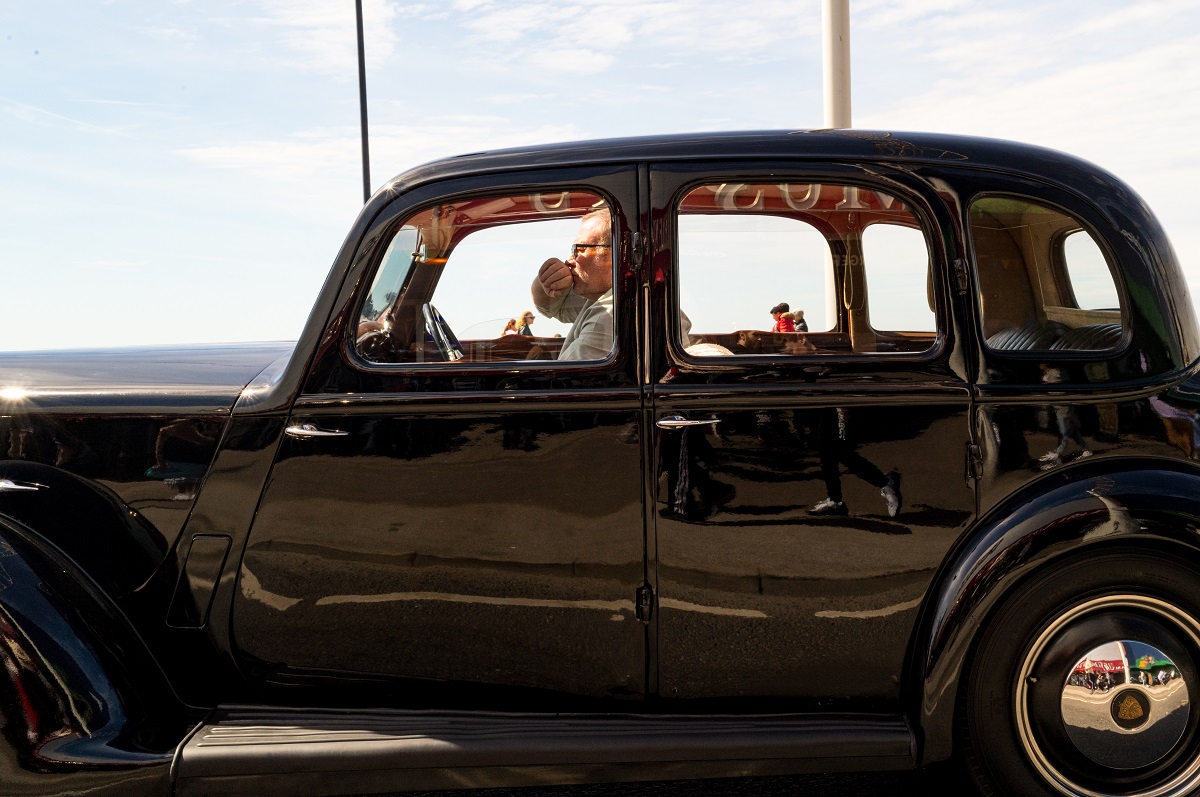
Credit: Michael Holmes / The Blackpool Lead
"Terrific" - Martin Parr
Renowned photojournalist Martin Parr tells The Blackpool Lead he “must have been 10 or 15 times to” the town.
“I got access to the dancing in the Tower Ballroom last summer and it was a terrific shoot,” he says. “You will see me shooting and the images in a new film called I Am Martin Parr to be released soon.”
Parr says there “does seem to be more people street shooting than before,” adding: “I have seen the work of at least ten photographers doing serious shooting in Blackpool.”
And it’s not all shot in a positive light, of course.
Dougie Wallace’s striking images of stag and hen parties once led to a Guardian headline of “glory in the gutter”.
In an accompanying article, arts writer Jonathan Jones said: “Wallowing in ugliness has long been photography’s business."
He said he was not calling Blackpool a gutter but described the pictures of a naked man stuck to a post with clingfilm and a reveller puking in the street as “a bracingly real and raw theatre of British existence”.
“No one comes out of Wallace’s pictures of Blackpool very well, although everyone seems happy to be photographed,” he wrote.
“The subjects of his photographs are all very, very drunk. They might laugh or cringe if they saw their antics a few days later in a snap taken on someone’s mobile phone. What can they feel about their fun being preserved for prosperity between hardcovers in a glossy book?”
Jones cites the critic Susan Sontag, who wrote in an essay that photography feasts on “freaks”.
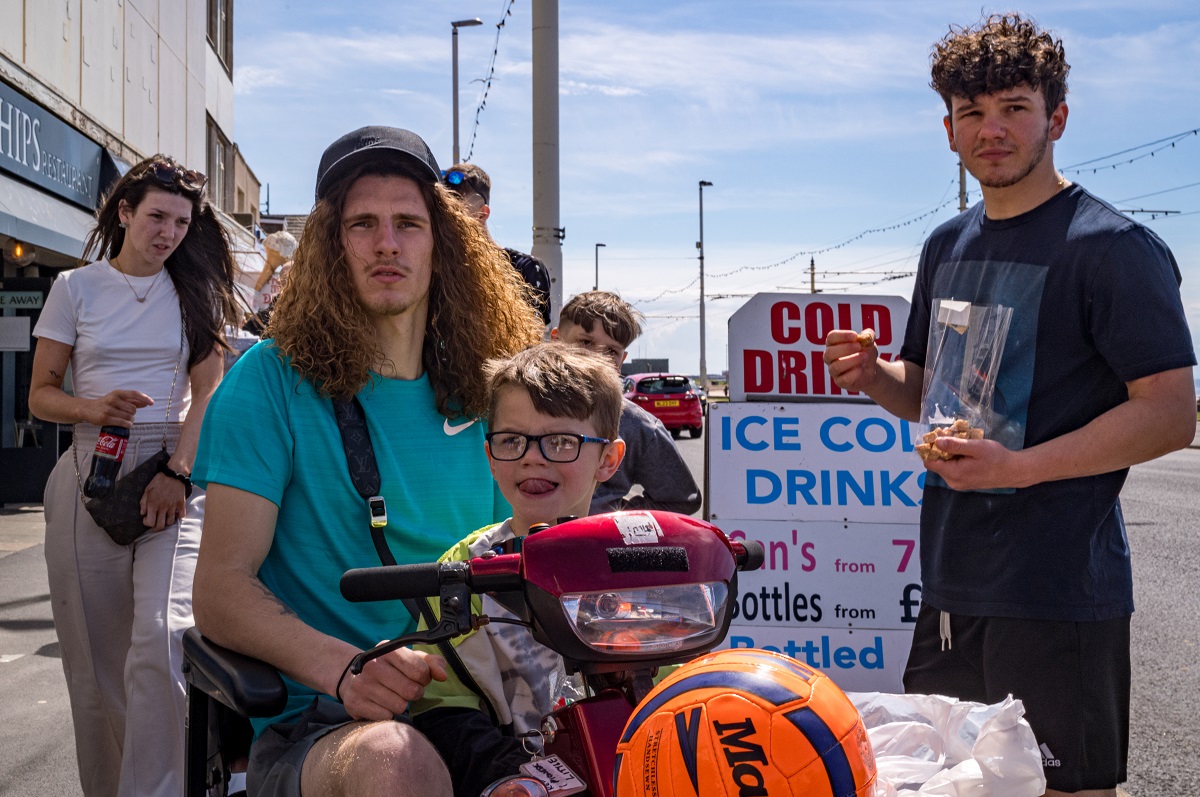
Credit: Michael Holmes / The Blackpool Lead
James Lucas, who runs the Strand Collective art and film photography shop in Abingdon Street Market, said so-called poverty porn is "there and it's real" but Blackpool has a lot more to offer.
While there is "deprivation and poverty", he said there is also a regular feast for eyes and lenses.
Lucas says: "At the moment in town there are hundreds of people with their hair done and in costume for the dance festival. Last weekend, there were young farmers in town. The weekend before there were magicians doing tricks.
"The amount of contradictions in Blackpool is what makes it so great."
The Stand Collective opened in November, Lucas says “to build a community" and, along with Blackpool Community Darkroom, Hive Arts and Tea Amantes, also hosts photography workshops and photowalks.
Nick Barkworth's images of shuttered shops and empty arcades recently caught the attention of Blackpool's newest MP Chris Webb, who voiced his appreciation online. Webb is just one of over 18,000 followers Barkworth’s images of the town have amassed online.
Showcased regularly on his Instagram, his photos are almost always shot at golden hour when west coast sunsets cast an exotic, liminal light across Blackpool’s buildings and back streets allowing him to capture Blackpool in an almost dreamlike way.
“I purposefully stay away from shooting people and it’s really by accident if someone comes into the frame,” he told Blackpool Social Club in a recent interview, adding that he strives to remain respectful and photograph sensitively.
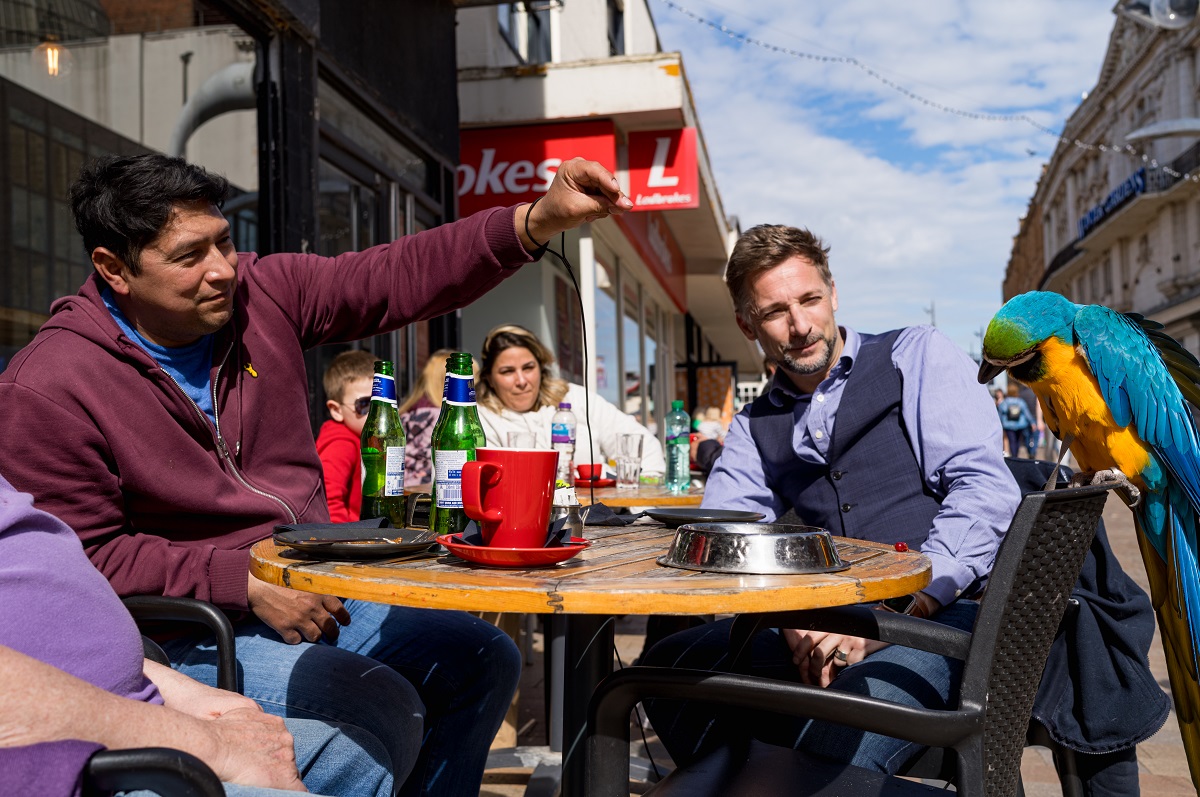
Credit: Michael Holmes / The Blackpool Lead
Richard Oughton's images, by way of contrast, are all about people and movement. His images of the northern soul, skinhead and mod scene led to him teaching evening photography classes at Blackpool and The Fylde College, which has been training budding photographers on its renowned courses for decades. Today Oughton’s students range in age from their early 20s to 65-plus.
He said intention is everything when it comes to photography and what people aim their cameras at should depend on their own moral compass.
He suggested photographers visiting the resort will make different work than those living here, saying: "If you come here and walk down the Golden Mile and only venture slightly inland, you are restricted in what you allow yourself to be submerged in."
Oughton credits photography with saving his life, saying his camera became his "sword and shield", and adding there are "pockets" of communities in the resort.
"I never thought when I picked up my camera 20 years ago that somebody would buy a print and have it on their wall, never mind that I would have it printed in books."
His advice to budding snappers?
"Find your thing and stay in your lane. And remember why you're doing it – because you love it."
You can see the previous newsletter we sent to our subscribers here
The Blackpool Lead is now on Substack.
Become a Member, and get our most groundbreaking content first. Become a Founder, and join the newsroom’s internal conversation - meet the writers, the editors and more.


